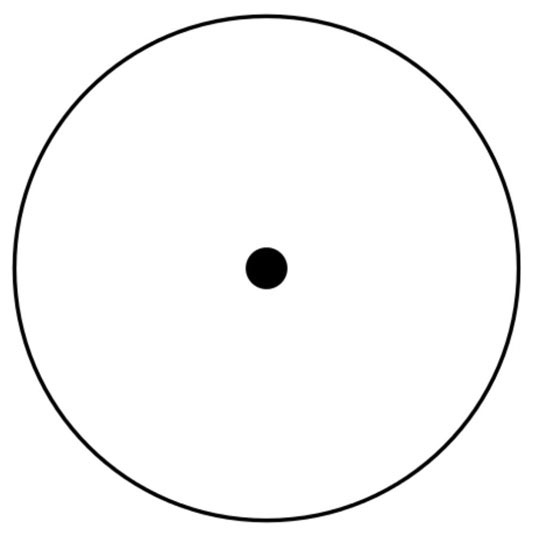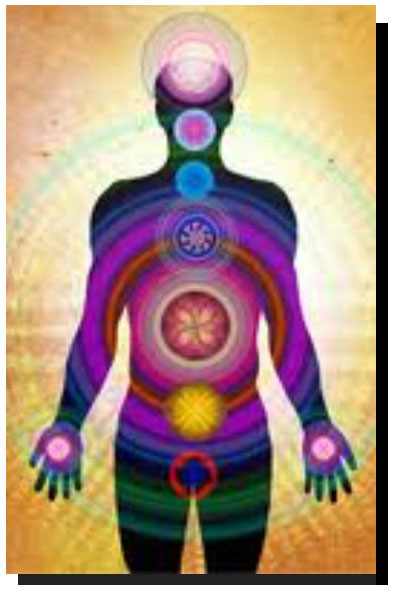Monads

Plato and Leibniz affirm an objective and knowable reality transcending our
subjective awareness - a rejection of epistemological idealism - but propose that reality is grounded in ideal entities, a form of
metaphysical idealism. Nor do all metaphysical idealists agree on the nature of the ideal; for Plato, the
fundamental entities are non-mental abstract forms,
while for Leibniz they are proto-mental and concrete monads. ‘Monas’ is a Greek word which signifies unity
or that which is one.

In his analysis of the ultimate constituents of reality Spinoza concluded that it is logically impossible for there to be more than
one substance, namely ‘God-Nature’ (Deus sive Natura). For Leibniz it’s not a pantheism. Leibniz calls the
‘ultimate constituent’ or ‘ultimate unit’ Monads, created by God, which apply to the principles of the inner,
spiritual constitution of the human being – the Eternal Spirit and the Spiritual
Soul. The ‘Monad God’ is not a static God like in Deism – for Leibniz
God continues to be
active.
Types of Monads
Leibniz sets forth a 4-tier Monad hierarchy similar in nature to the Great Chain of
Being:
1) Supreme – Omniscient, omnipotent, omnipresent.
2) Spirit – corresponds to the conscious minds of humans.
3) Soul – present in all living organisms, but not in inorganic
material.
4) Simple – the bodies of all matter (unconscious, unorganized
perception).
In essence Leibniz resolves the Mind-Body
problem, the mystery of the communication between ‘inanimate’ and animate things, that the ultimate reality is not material, not
mental but Spiritual.
z
|